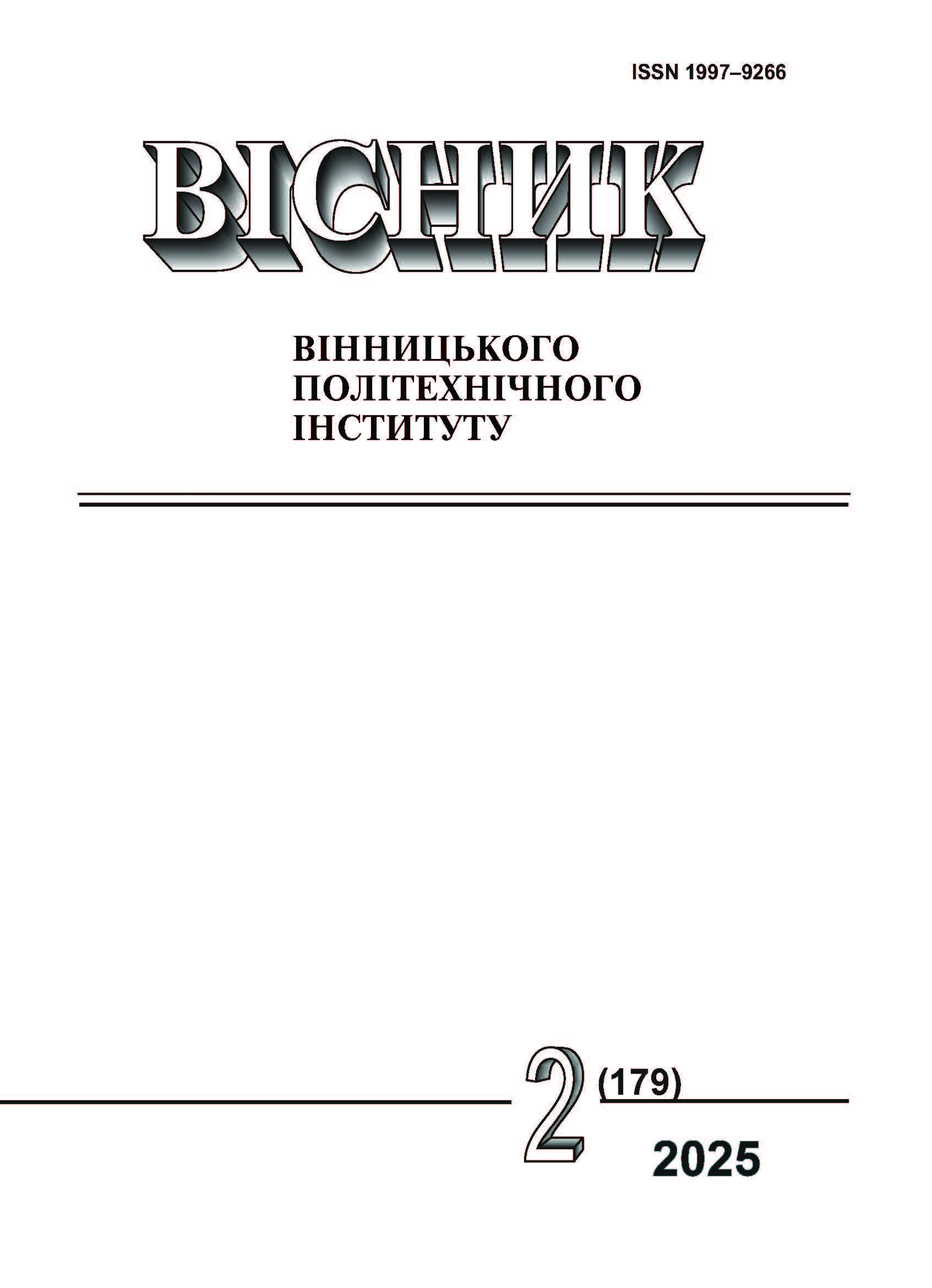Optimization of the Structure of the Production and Technical Base of Motor Transport Enterprises
DOI:
https://doi.org/10.31649/1997-9266-2025-179-2-164-170Keywords:
production and technical base, production unit, motor transport enterprise, car service enterprise, production structure, optimizationAbstract
The problem of optimizing the structure of the production and technical base of complex motor transport enterprises, which is relevant for Ukraine, is considered. The performance of work on technical maintenance and repair of rolling stock can be carried out by motor transport enterprises both by their own forces and in cooperation with car service enterprises. At the same time, the costs of performed work, depending on the capacity and condition of the production and technical base, can be lower both when performing work on own production and technical base and on the basis of a car service enterprise. Determination of the optimal list of work which is expedient to perform by own forces enables to form the optimal structure of the production and technical base and minimize the costs of maintaining the rolling stock in working condition.
Currently existing methods of optimization the structure of the production and technical base of motor transport enterprises are based on determining the limit value of the labor intensity of a certain group of work, if exceeded, it is advisable for a motor transport enterprise to create a corresponding production unit. The determination of the limiting value of labor intensity is carried out on the basis of a comparison of the costs of performing certain works on the company's own production and technical base and on the basis of a car service enterprise. However, quite often the actual state of the production and technical base does not meet technological requirements and it needs upgrading. This, accordingly, requires capital investments in the development of the production and technical base, which in market conditions cannot be estimated on the basis of the cost comparison method. Therefore, in the article, for production units that require capital investment, it is proposed to additionally assess the feasibility of creating a production unit by the indicator of the payback period of capital investments.
For the formation of the optimal production structure of a complex motor transport enterprise, the article has developed an algorithm that, based on the criteria of the limiting value of labor intensity and payback period, allows in two stages to form the optimal structure of the production and technical base of a motor transport enterprise, thereby minimizing the costs of maintenance and repair of rolling stock.
References
В. Є. Канарчук, І. П. Курніков, Ю. Х. Савін, і С. І. Андрусенко, Розвиток виробничо-технічної бази підприємств автомобільного транспорту. Київ, Україна: ІСДЛ, 1995.
Ю. Х. Савін, і М. В. Митко, «Доцільність створення виробничих підрозділів з обслуговування та ремонту автомобілів,» Вісник Національного транспортного університету, серія Технічні науки, наук.-техн. зб. вип. 1 (34), с. 424-429, 2016.
В. В. Біліченко, і Є. В. Смирнов, Стратегії технічного розвитку автотранспортних підприємств. Вінниця, Україна: ВНТУ, 2019.
С. І. Андрусенко, і О. С. Бугайчук, Технології підвищення ефективності виробничо-технічної бази підприємств автомобільного транспорту. Київ, Україна: Медінформ, 2017.
В. В. Біліченко, і В. Л. Крещенецький, Механізація та автоматизація технічного обслуговування та ремонту автомобілів на підприємствах автомобільного транспорту. Вінниця, Україна: ВНТУ, 2008.
М. Н. Бідняк, і Н. М. Бондар, Планування інвестицій на автомобільному транспорті України. Київ, Україна, 2000.
Downloads
-
pdf (Українська)
Downloads: 32
Published
How to Cite
Issue
Section
License

This work is licensed under a Creative Commons Attribution 4.0 International License.
Authors who publish with this journal agree to the following terms:
- Authors retain copyright and grant the journal right of first publication.
- Authors are able to enter into separate, additional contractual arrangements for the non-exclusive distribution of the journal's published version of the work (e.g., post it to an institutional repository or publish it in a book), with an acknowledgment of its initial publication in this journal.
- Authors are permitted and encouraged to post their work online (e.g., in institutional repositories or on their website) prior to and during the submission process, as it can lead to productive exchanges, as well as earlier and greater citation of published work (See The Effect of Open Access).





